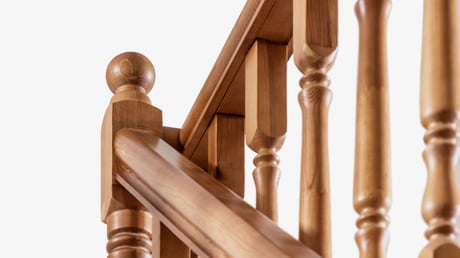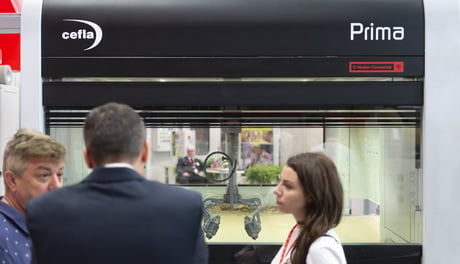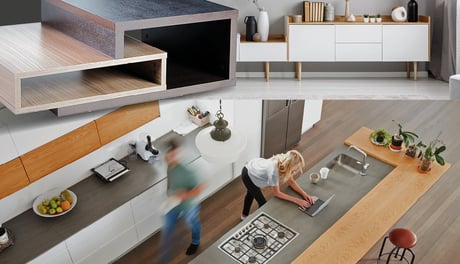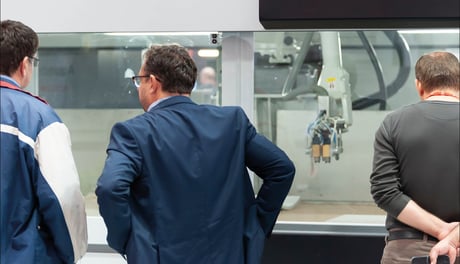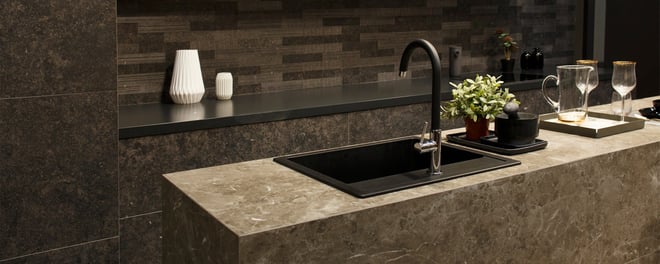
When using 100% UV lacquers, there is absolutely no way to avoid the stage where crosslinking takes place under UV lamps. And that process depends on photoinitiators contained within the lacquer. These photoinitiators directly influence the cost of the lacquer and their cost and availability fluctuates heavily. They are also partly the cause for undesired yellowing effects and are harmful to the environment. One way of minimising these negative aspects would be to minimise a company’s need to use lacquers containing current quantities of photoinitiators. UV-I oven does exactly that.
An inert atmosphere reduces the need for photoinitiators
Oxygen is the principal enemy to the crosslinking process as it acts as a natural barrier to the effect produced by the UV lamps. This is why lacquer must contain photoinitiators to encourage crosslinking. Replacing oxygen with an inert gas such as nitrogen cuts the quantity of photoinitiators required by 40-70%, thereby:- reducing the cost of the lacquer
- reducing the harmful environmental aspects
- reducing the yellowing effect
- reducing a company’s dependence on external factors which influence costs
UV-I oven: better crosslinking, improved coating performance
Not only does the inert atmosphere reduce the negative aspects, it also increases the degree of crosslinking achieved which leads to better coating film performance and stain resistance. Fewer photoinitiators, a factor made possible by minimising the inhibitory effect of oxygen, makes it possible to crosslink even thinner layers than today. This allows companies to choose between using less lacquer or boosting production speeds by maintaining the same amount of photoinitiators inside an inert curing oven, even if the latter option will not benefit the environment.
Under normal circumstances, crosslinking is always superior where the lacquer is in contact with the panel surface. This is because the oxygen in a standard UV oven will counteract crosslinking on the outer layer. The thinner the lacquer layer, the greater the risks are of poor crosslinking performance throughout the coating thickness.
UV-I oven favours excellent crosslinking on the outer layer, so even thinly coated panels will be perfectly cured.
Production costs also drop
Alongside the reduced lacquer costs, fewer UV lamps are needed for the curing process. This leads to lower energy requirements and costs. And as crosslinking takes less time in an inert atmosphere, production volumes can be increased and made more cost-efficient.
Discover our selection of ovens and drying solutions.
